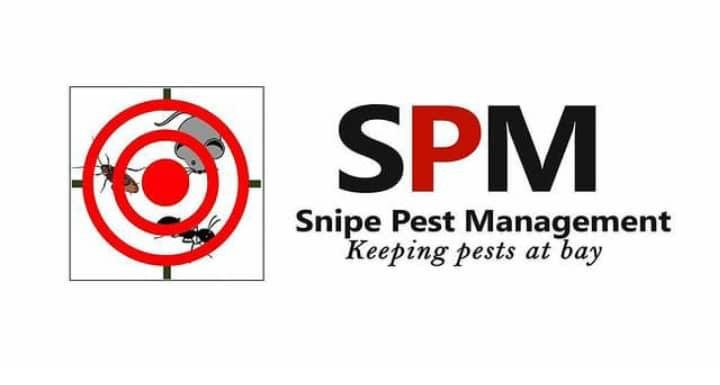Pest Library
Learn about common pests and how Snipe Pest Management employs expert solutions to keep them at bay.
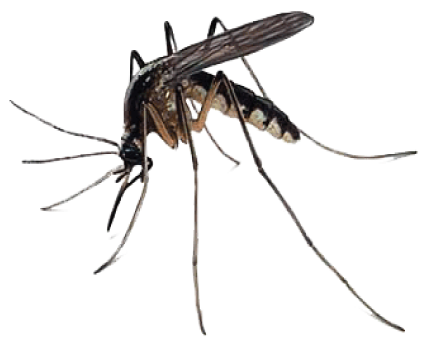
Mosquitoes
Mosquitoes are classified as Diptera, with one set of wings, long narrow legs, and a large proboscis. Their bodies and wings are often covered with microscopic scales, and adult sizes range between 3 and 9 mm. Notable types include the Asian tiger mosquito (Aedes albopictus) and Anopheles mosquito.
What You Can Do: Eliminate harbourage (vegetation sources) and breeding sites such as water bodies.
SPM Pro Solution: Elimination of harbourage and breeding sites, chemical application where infested, and pest biology-based treatments (e.g., microbial insecticides to prevent egg hatching, larval/adult insecticides, and insect growth regulators).
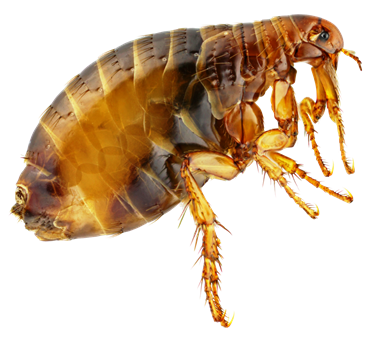
Fleas
Fleas are tiny, wingless insects around 2.5 mm long. Their lustrous, reddish-brown bodies are covered in tiny hairs and compressed to glide through animal fur. They lack wings but can leap long distances.
What You Can Do: Resort to a pest contractor, as over-the-counter solutions often fail to address the root cause.
SPM Solution: In-depth inspection to identify hotspots, followed by targeted treatment application.
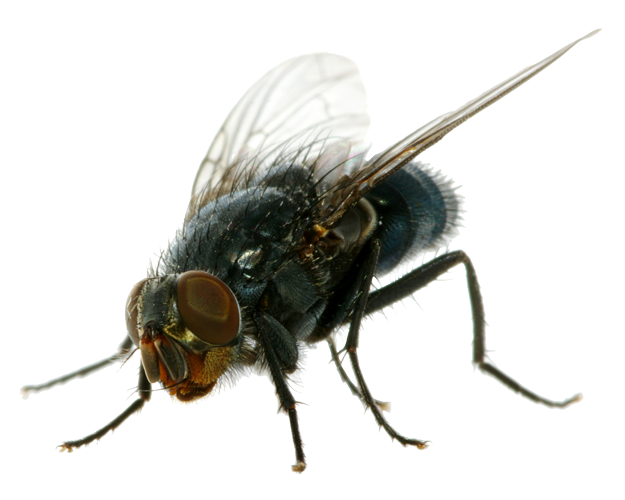
Flies
Flies belong to the order Diptera ("two wings"). They land frequently, depositing millions of microorganisms each time due to their large populations.
What You Can Do: Understand their life cycle, food sources, and attractants.
SPM Pro Solution: Integrated Pest Management (IPM) approach to keep flies at bay.
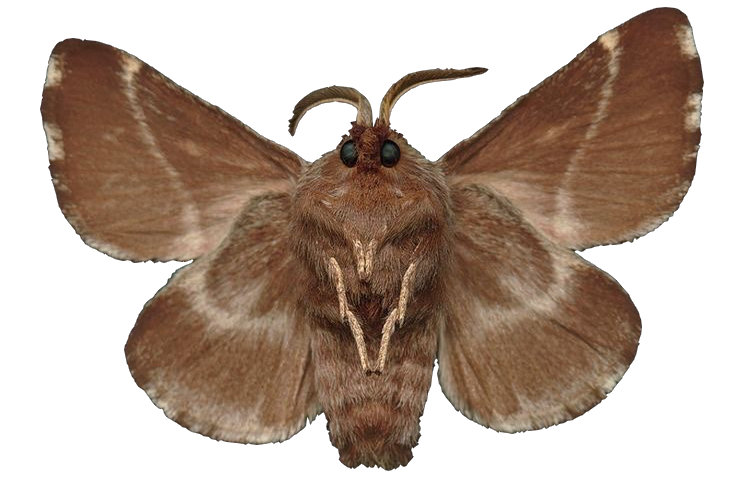
Moths
Moths vary in size and appearance, with two pairs of scale-covered wings, a coiled proboscis, and large compound eyes. Indoor-infesting moths typically have a wingspan under 2 cm and are grey, brown, or reddish-brown.
What You Can Do: Contact SPM for identification of breeding materials; DIY is not recommended.
SPM IPM Approach: Customer education, monitoring, habitat reduction, insect growth regulators, and chemical control.
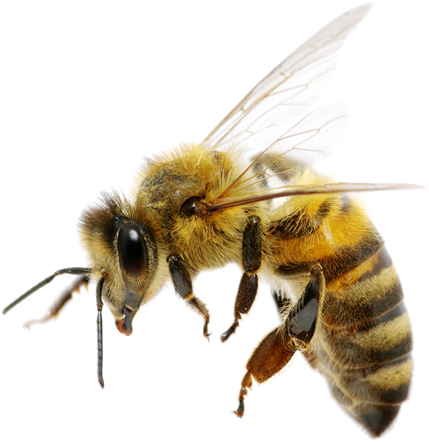
Stinging Pests
Stinging pests include bees, scorpions, hornets, and wasps, all of which can cause issues for you or your property.
What You Can Do: Consult a specialist for safe nest removal; call SPM for assistance.
SPM Solution: Identification of the stinging pest, nest removal, and tailored treatment plans.
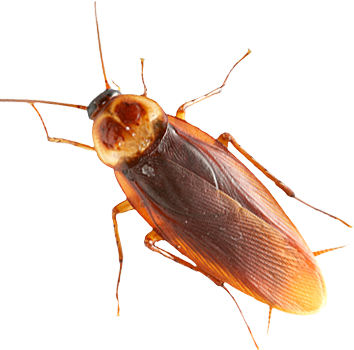
Cockroaches
Cockroaches can grow over 50 mm, with six legs, two antennae, and occasional wings (though most don’t fly well). Their flat, oval bodies are greasy and adapt to environmental temperatures. Common types include German, American, and Oriental cockroaches.
What You Can Do: Cockroach control is an ongoing process, not a one-time fix.
SPM Solution: Inspection, identification, entry/exit assessment, raw material checks, door/window sealing, gel and chemical applications, attractant removal, and monitoring traps.
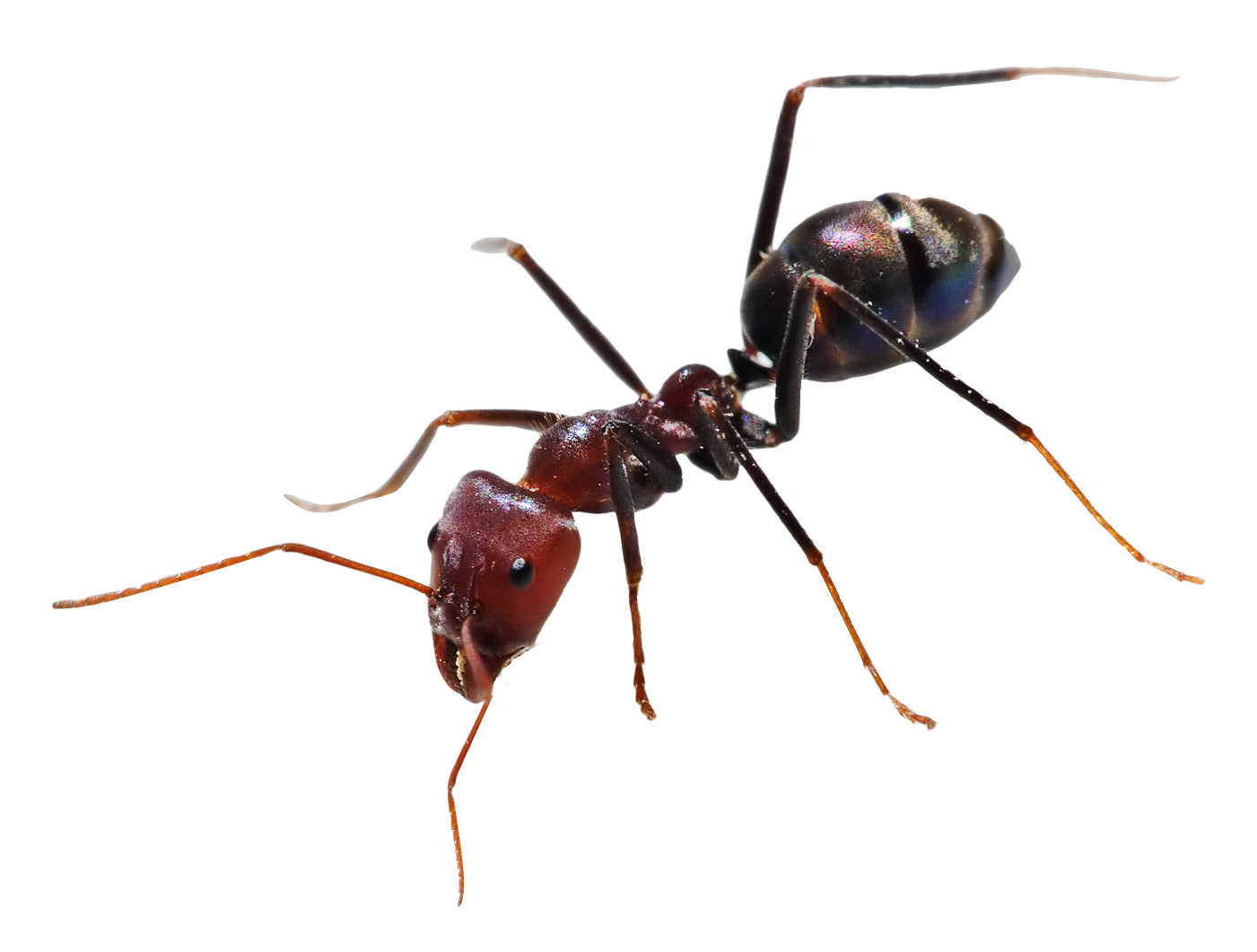
Ants
Ants are social insects living in colonies with queens, workers, and males. Queens lay eggs, workers manage the nest, and males mate during swarming.
What You Can Do: If infested, SPM will inspect and treat accordingly.
SPM Solution: Inspection, ant type identification, consecutive treatments, blocking entry points, and removing attractants/harbourage.

Bed Bugs
Bed bugs are 4-5 mm, dark brown, flat, oval-shaped, wingless insects that feed on blood. Known as "hikers," they attach to bags, luggage, and clothing.
What You Can Do: Early detection is key; call SPM to prevent a larger infestation.
SPM Solution: Expert avoidance and repelling strategies to control bed bugs.
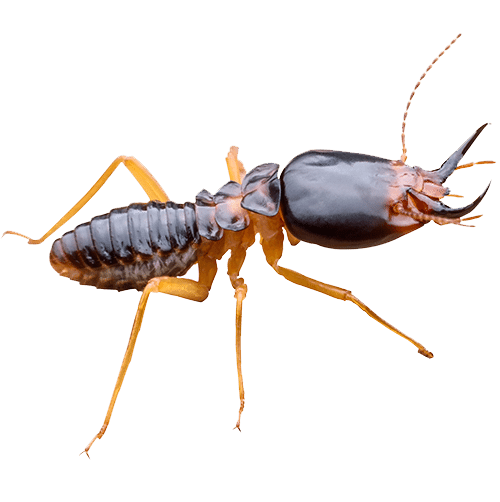
Termites
Types of termites include dampwood, drywood, and subterranean termites. They have soft bodies with straight antennas, generally 1/4 to 1/2 inches long. Queens and kings can reach nearly an inch. Colors range from white to light brown, with workers lighter and swarmers darker. Flying termites have two sets of wings.
What You Can Do: Prevention is key, as termites can compromise structural safety.
SPM Solution: Proactive prevention to keep termites at bay and protect your structure.
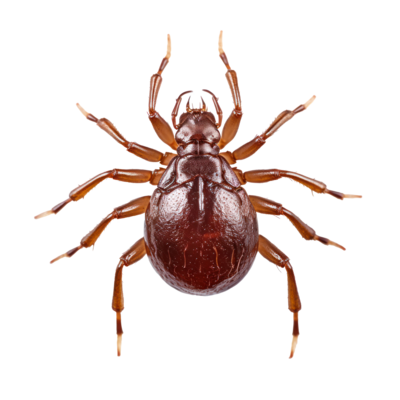
Mites
Hundreds of mite species exist, most less than 1 mm long. Like arachnids, they have a prosoma and abdomen with four sets of legs.
What You Can Do: Contact SPM for a tailored treatment plan.
SPM Solution: Customized mite treatment plans, varying by structure.
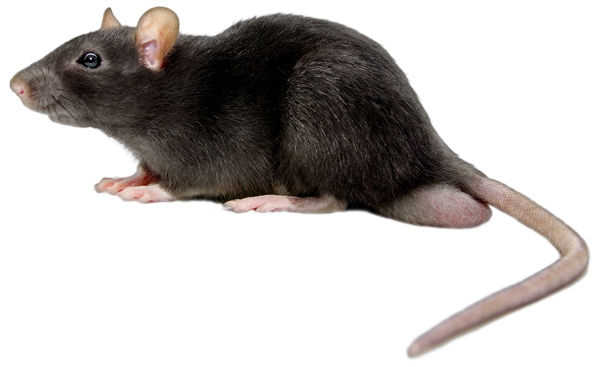
Rodents
Rodents (rats, mice) are warm-blooded mammals with large front teeth for gnawing and cheek teeth for chewing. They cause significant damage and health risks, reproducing rapidly.
What You Can Do: Maintain housekeeping and good sanitation.
SPM IPM Approach: Cleaning, sealing entry points, removing harbourage, installing monitoring stations with rodenticides, and consecutive follow-ups.
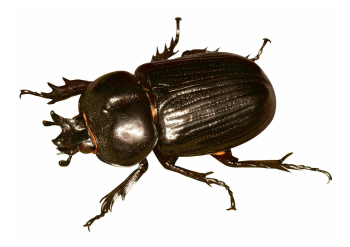
Beetles
Beetles vary in form, size, and color (e.g., click beetles, lady beetles, June bugs). Some resemble spiders. Beetle control aligns with stored product pests like weevils.
What You Can Do: Remove mechanically or vacuum, inspect raw materials, seal entry points, reduce light, maintain sanitation, use FIFO, and clean closets.
SPM IPM Approach: Inspection, treatment plan, customer education, action plan, and monitoring.
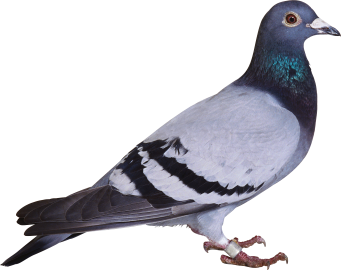
Birds
Birds, class Aves, have feathers, beaks, and lay hard-shelled eggs. They can carry ectoparasites like mites, posing health risks.
What You Can Do: Remove roosting nests and attractants.
SPM Solution: Repelling birds to adhere to SDG 15 (biodiversity preservation).
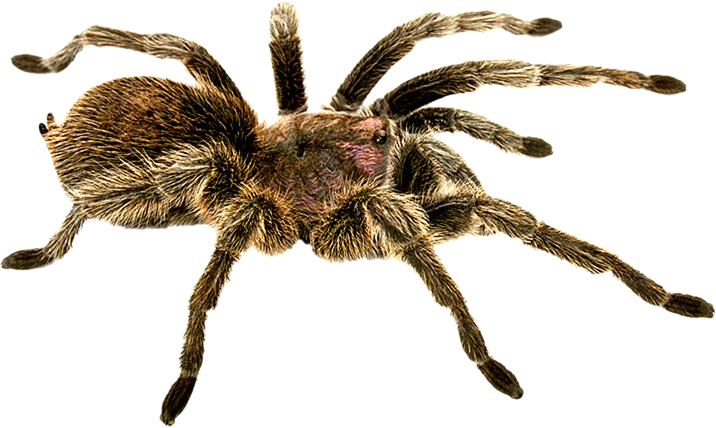
Spiders
Spiders are arachnids with eight legs, two body segments, and no wings or antennae. Vision varies by species; most are harmless but unwanted.
What You Can Do: Act quickly upon spotting an infestation; contact SPM for identification and control.
SPM Solution: Ongoing, species-specific spider repelling strategies.
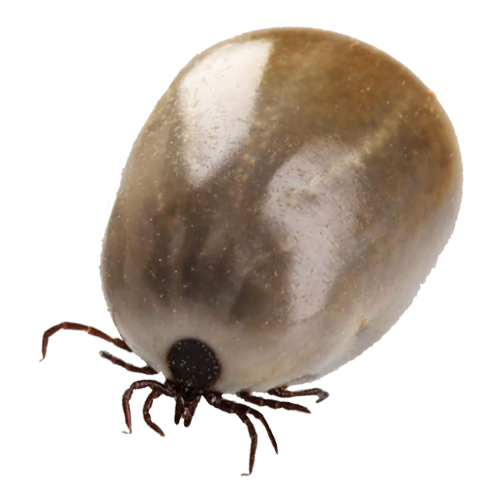
Ticks
Types include Deer tick, fowl tick, brown dog tick, and Asian longhorn tick. Ticks require careful removal with tweezers to avoid fluid release.
What You Can Do: Remove ticks carefully, clean wounds, and seek medical help if needed. Expose areas to sunlight and remove protective sites.
SPM Solution: Inspection, education, habitat modification, and targeted chemical applications.
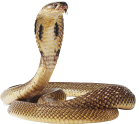
Reptiles
Snakes, lizards, wall geckos, etc., are reptiles, seen as pests or pets depending on context.
What You Can Do: Contact SPM for assistance.
SPM Solution: Repelling reptiles to keep them away from buildings or facilities.
